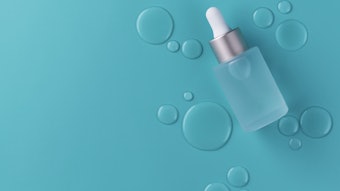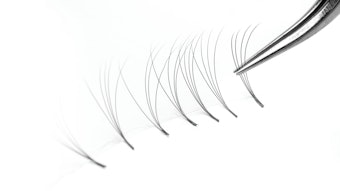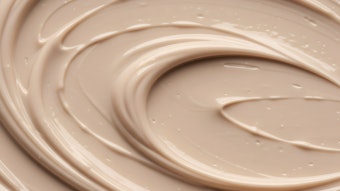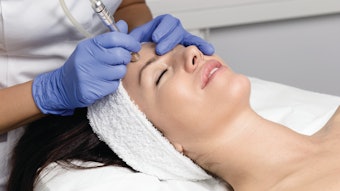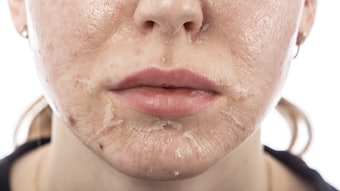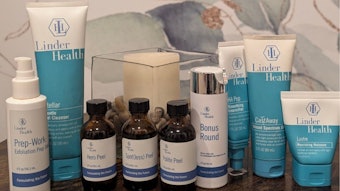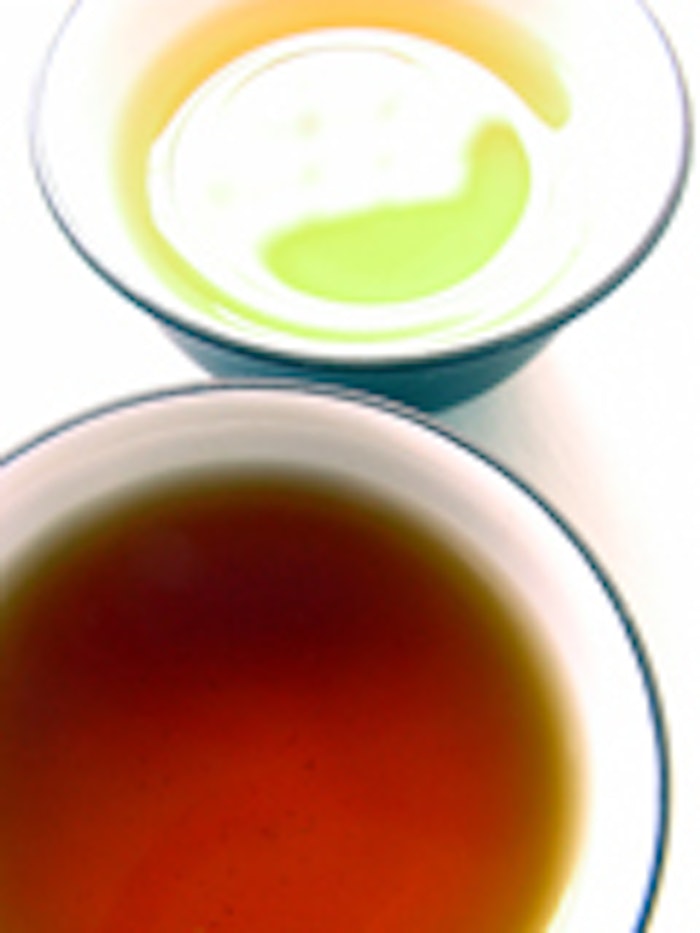
German researchers have shown that using LED technology in combination with a green tea extract lotion can have a visible effect on facial wrinkles and fine lines.
Scientists in Germany are reporting a major improvement in their potential new treatment for facial wrinkles that could emerge as an alternative to Botox and cosmetic surgery.
The noninvasive technique combines high-intensity light from light-emitting diodes (LEDs) and a lotion made of green tea extract. It works 10 times faster than a similar anti-wrinkle treatment that uses LEDs alone, the researchers say.
Andrei P. Sommer and Dan Zhu point out that researchers have used light therapy, or phototherapy, for more than 40 years to help heal wounds. Recently the scientists showed that use of high-intensity LEDs, similar to those used in automotive tail lights and computers, could help reduce skin wrinkles when applied daily for several months.
But exposure to intense LED light is also involved in generating high levels of reactive oxygen species as by-products that can potentially damage cells. To combat that effect, the researchers combined the LED with a potent antioxidant in green tea extract called epigallocatechin gallate.
They applied a daily combination of LED light and green tea extract to the facial wrinkles of a human volunteer one month. The combination treatment resulted in smoother skin, including "less pronounced wrinkle levels, shorter wrinkle valleys, and juvenile complexion," the scientists say.
The treatment showed promising results in only one-tenth of the time it took for LED therapy alone to reduce wrinkles. The study could form the basis of "an effective facial rejuvenation program," and lead to a new understanding of the effect reactive oxygen species on cellular aging, they note.
Journal reference: Sommer et al. Facial Rejuvenation in the Triangle of ROS. Crystal Growth & Design, 2009; 090818163352086 DOI: 10.1021/cg900688g
Adapted from materials provided by American Chemical Society, via EurekAlert!, a service of AAAS.
ScienceDaily, September 9, 2009
